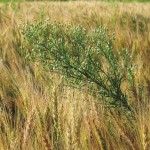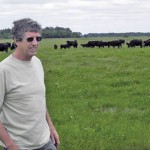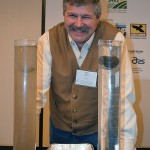
New Carman beef slaughter plant targets spring opening
Rising cost of trucking means the future belongs to small regional slaughter plants, says owner

Strong demand for direct-marketed, grass-fed beef
Successful forage-finished beef entrepreneurs share marketing strategies at Ag Days

Many ‘little hammers’ best for organic weed control, says Maine expert
If tillage kill rate averages only 69 per cent, that still leaves plenty for next year

Patience pays with grass-finished beef
Retail-level profits for 30-month-old beef more than double that of 18-month-old beef

Manitoba pork industry to step up PEDv fight
Outbreak in Ontario heightens risk that virus deadly to piglets could spread to Western Canada

Federal cash announced for oat research, marketing
Funding to be spent on verifying benefits of oats for horses as well as recapturing U.S. market

Is the freeze-thaw effect a myth?

Role of shelterbelts misunderstood, says French researcher
French researcher argues that cultural value of shelterbelts is overlooked

Healthy soil the key to healthy profits
Look beyond ‘bench-top chemistry’ in evaluating soil health, urges soil microbiologist


